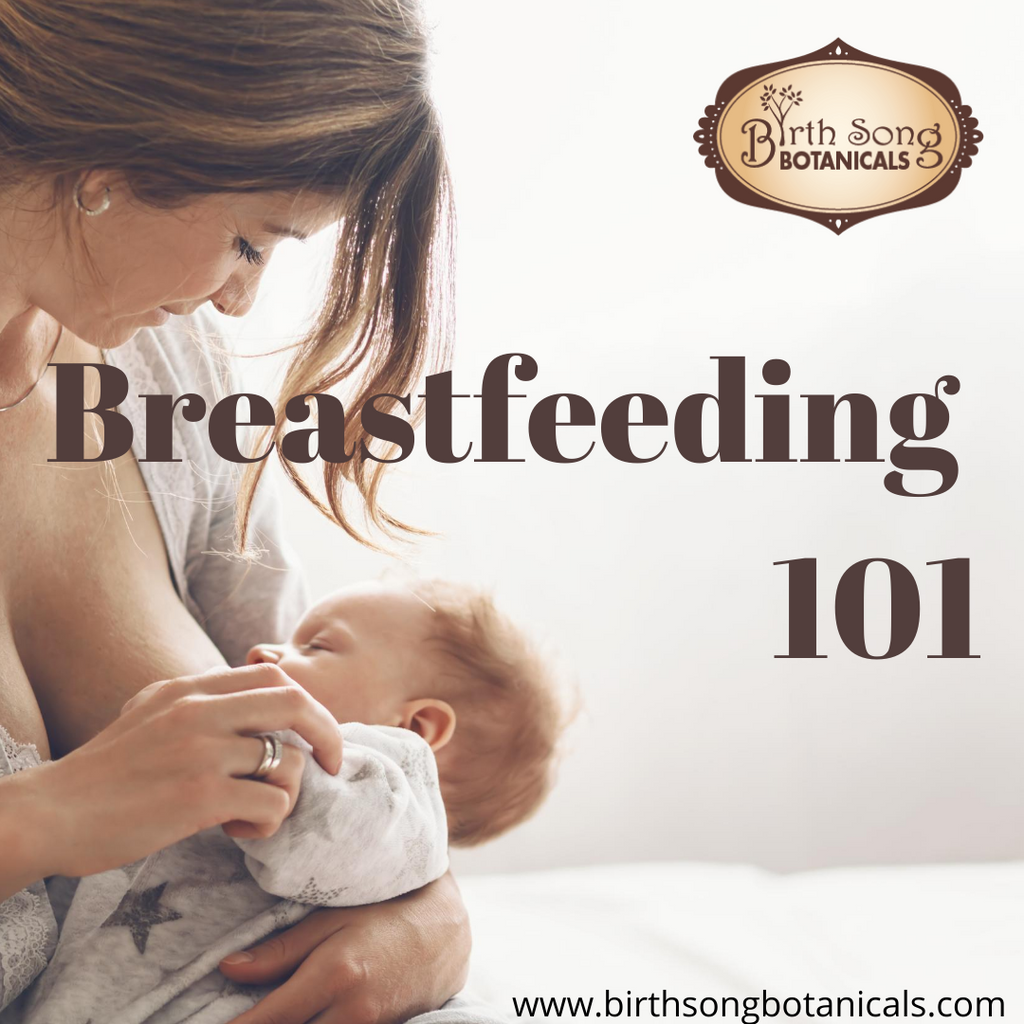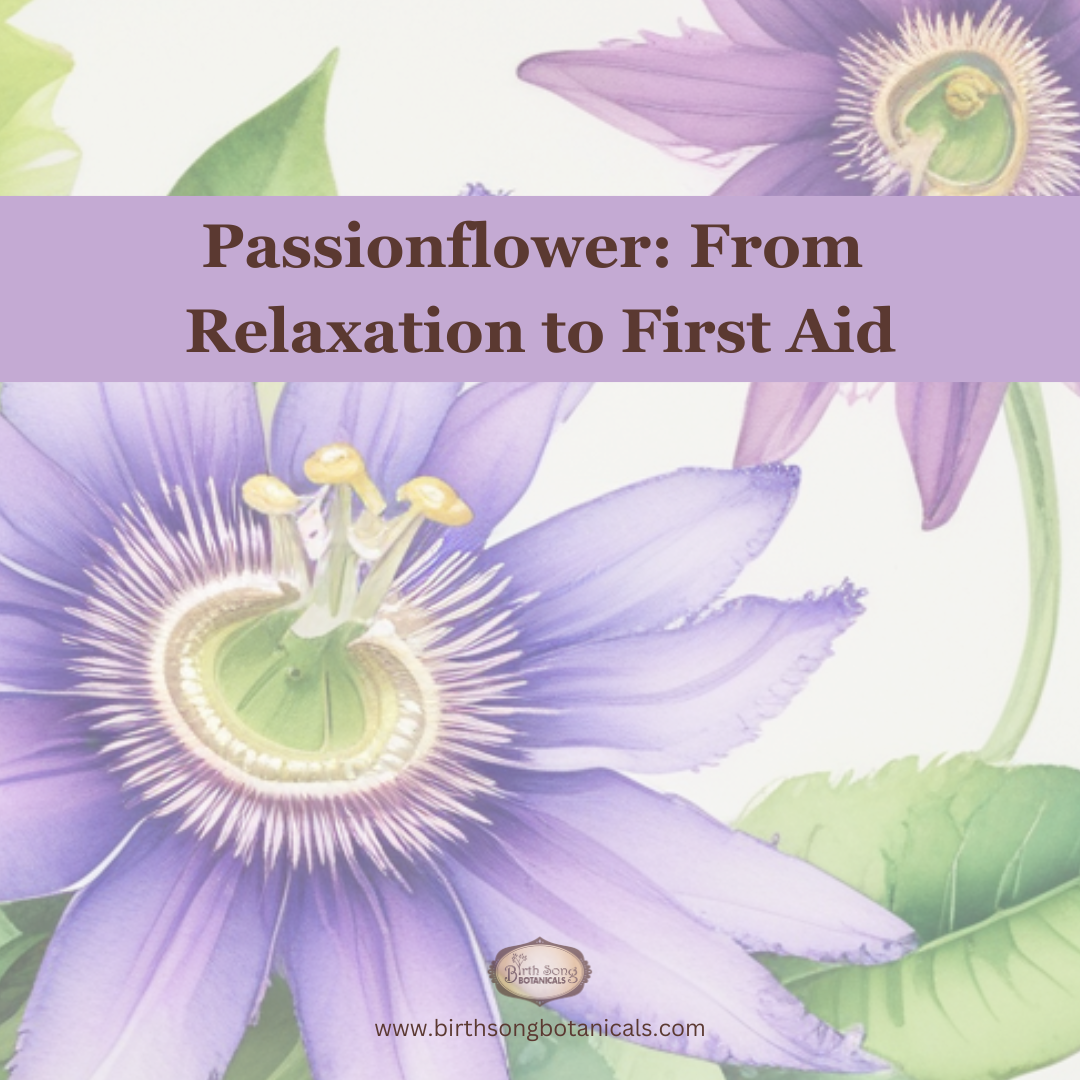How to Breastfeed- Breastfeeding 101

Are you wondering how to breastfeed? Would you benefit from a breastfeeding 101 guide that provides accurate information and support to breastfeed your baby?
Whether you're brand new to breastfeeding or just looking for a refresher, you are in the right place. Today is all about How to Breastfeed - Breastfeeding 101 we are covering the 9 Best Breastfeeding Practices to support you and your baby as you learn to nurse. This video and blog will help you avoid and navigate through the most common breastfeeding problems. My goal is to support your breastfeeding journey and help you make it a smooth and enjoyable as possible.
Watch on Youtube:
Listen on SoundCloud:
1- Prepare for Breastfeeding Success!
Breastfeeding is normal and natural. At least 80% of moms start off breastfeeding, and by 3 months, 1/2 of them stop nursing. Why do so many stop? The short answer is because it is hard. You may ask, why do a lucky few keep nursing then if it's so hard? Well, my friend, they are not lucky, they were prepared.
Getting prepared starts with your mindset. A good way to get ready is to have at least three breastfeeding books. I highly recommend the Womanly Art of Breastfeeding, Ina Mae's Guide to Breastfeeding, and The Complete Book of Breastfeeding. And if watching videos is your thing, watch all of our breastfeeding videos!
I also highly encourage you to attend your local La Leche League meetings before giving birth. I suggest this for three reasons.
- Many of us did not grow up around lots of women breastfeeding. We may be the first member of our family to want to nurse. And haven't seen our aunties, and cousins nursing their babies. So, if you are new to breastfeeding, going to LLL meetings are an opportunity to see the other new moms learning how to nurse and learn from the experienced moms who are experts.
- Being at home alone with your baby can be lonely. You'll make new friends who are doing the same thing you are.
- If you end up needing breastfeeding support (which many of us do), it will be much easier for you to reach out to a LLL if you've already met her.
Prepare your nipples prenatally by gently massaging, twisting, and stretching your nipples. It is very helpful to stimulate your breast a little every day to prepare them for breastfeeding intensity. Check to see if you have flat or inverted nipples. If you do, you will be able to nurse your baby just fine, but might need a little extra help.
Set up two nursing stations. One nursing station in your bedroom and the other in the living room. Also, invest in a good breastfeeding pillow and a baby sling so you can eventually nurse on the go.
2- Self-Care Comes First
- It's imperative to remember that your body is still working very hard, long after the baby has arrived. Each time baby is at the breast, you are burning calories, using up fat and nutrient stores. The physical, mental, and emotional output involved in breastfeeding is extraordinary and not to be taken lightly.
- Hydration is everything! Make sure you have plenty of water nearby – a full gallon you can pour from, for the days when you never seem to leave your nursing spot. Make a big pot of Nursing Nectar tea for you to sip on throughout the day. Herbal breastfeeding teas are a great way to stay hydrated and maintain your milk supply.
- Healthy breastfeeding snacks that keep your energy up are essential. Enjoy Lactation smoothies, hard-boiled eggs, protein bars, fruit, nuts & seeds, crackers, cheese – quick and easy things to grab and eat while you nurse or while baby naps on you.
- Take time for deep breaths and gently stretch your body by practicing yoga or Qigong. You will be hunched over all day trying to perfect their latch and simply admiring your beautiful baby. The more comfortable you are in your body, the better you'll sleep and feel all around.
- Step outside now and then. You both could use the sunshine and fresh air.
- Ask for help and accept it when it's offered.
- You are doing amazing and important work! Yes, even if you sat on the couch all day nursing your baby, the house is a mess, the dishes are not done, and you did not cook. You are doing something that no one else can do! Remember, your body is wise, and it teaches us we cannot give what we don't have. So honor your body and care for it and let it care for you and your baby.
3- Read The Feeding Cues
Look for feeding cues and try to latch the baby on before she starts crying. When you notice her lick her lips and turn her head with her mouth open as if she is looking for your breast, try to nurse her right away. Once you wait for her to scream, it is much harder for both of you to calm down and master your new breastfeeding skills.

4- Skin to Skin
Strip the baby down to just her diaper so, you are both skin to skin. The more time you spend skin to skin, the better your milk supply will be!
5- Perfect the Latch
Perfecting your baby's latch requires the steepest learning curve and the key to success. Especially in the early days as you and your baby are learning to nurse, you'll need to work to teach him to latch properly. Don't just assume the baby is on correctly. Try, try again, until you see all the signs of a good latch:
- Get into a comfortable nursing position.
- Bring your baby to the breast instead of you bringing your breast to the baby.
- Make sure the baby's ear, shoulder, and hip are all in alignment and that you are belly to belly.
- The goal is to get the baby to have a nice deep latch that can help them to pull milk out of the breast. To do this, align the baby's nose with your nipple. Hold your breast tissue back with your hand in a C shape to make it easier for him to latch on.
- Tickle baby's lips with nipple and wait for the baby to open wide (like a yawn). Then latch him on, assuring that baby has the nipple angled toward the back roof their mouth, most of the areola is in their mouth, and their lips are phalanged and are not tucked under on both the top and bottom lip.
- Jaw movements and prominent swallowing movements
- A mixture of short suckles and deep draw
You can hold baby cradled under your arm like a football, lying on you, belly-to-belly. Honestly, there's no wrong way to hold them as long as you get a good latch, so experiment to learn what works best for you both.
6- Accurately Gauge Milk Supply
Wondering if you have enough milk and is a common concern. Without seeing a bottle drain, it can be unnerving wondering what's going on and if the baby is really getting what she needs. To accurately gauge if your baby is getting enough milk, look for signs that the baby is finished nursing. You will notice their hand is not in a tight fist anymore. Instead, her hand is open and relaxed. She may still want to nurse to self soothe. However, if you already have sore nipples, she is using you as a pacifier, which can hurt your nipples even more. This type of nursing is called non-nutritive sucking. You are looking for nutritive feeding sessions. You will recognize it when she is actively sucking, drinking, and swallowing. Her jaw and ears will be moving as she nurses. If she is not actively nursing, take her off the breast.
Frequent nursing is NOT a sign of a unsatisfied baby; this is how they regulate your supply. Feed baby at the first signs of feeding cues (tongue out, smacking lips, open mouth, and turning head looking for the breast, fussing) as frequently as she "asks." This can be a lot in the early days, and that's okay. She's bringing your milk in.
A newborn's stomach is incredibly small, and breastmilk is a living food that is already digested. Your baby only needs colostrum right away. That's the thick, nutrient-dense, "liquid gold" that you'll produce in pregnancy. It only comes out in drops. It takes a few days for your milk to come in. When it does, you will be engorged, and your milk will look thinner and like blueish-white milk.
Once your milk has come in, your baby's satisfaction during a nursing session is usually visible, with her hands and body relaxing as she gets full.
The best gauge of an ample supply is the wet and poopy diapers that the baby puts out. The first day will be slow. Usually, one wet diaper and some meconium, increasing more over the next few days to at least 6 wet diapers and 3-5 quarter-sized mustard-colored bowel movements.
Expect your baby to lose weight initially and then re-gain it as milk comes in. Over the first two weeks or so, your baby should return to birth weight and then gain steadily (it will be different for every baby).
If you are concerned about your milk supply, please check these two blogs, Why do I have a low milk supply? And How to Increase My Milk Supply Quickly! Of course, we have herbal teas that help you maintain your supply and Let There Be Milk herbal lactation supplement to boost your breast milk supply!
7- Discern the Difference Between Normal and Abnormal Breastfeeding Pain
Having realistic expectations about breastfeeding pain and discomfort is important too. If you are experiencing nipple pain, check out our Sore Nipple blog. Some discomfort is to be expected in the beginning and first few weeks. Your body is getting used to new sensations. Even when it's not your first baby, the early days can be uncomfortable. Applying our herbal nipple salve is so helpful! It feels great, and it is safe for babies. It's blended with food-grade herbs and ingredients that don't need to get wiped off!
However, if you experience persistent pain that lasts several weeks, it can indicate a problem that must be addressed right away. Shooting, stabbing pains are often signs of thrush or clogged milk ducts. Redness, particularly hot areas, streaking, knots, swollen areas, and fever or chills, are all signs of mastitis that need to be treated right away.
8-Other Breastfeeding Success Tips
When you are taking the baby off your breast, don't just pull your baby off! Break the suction by placing your pinkie in the side of her mouth to unlatch her. If you just pull her off, it will hurt and damage your nipples. I promise that you will only do that once!
When you are finished nursing, hand express some colostrum or milk and rub it into your nipple and areola to help with nipple pain.
In the privacy of your home, allow yourself to go topless and air dry. Fresh air and sunlight are natures healers.
In the early days of breastfeeding, stick with the basics before moving on to worrying about pumping.
9- Get Breastfeeding Support When Needed
You got this! Remember, you are not perfect; you are powerful! Of course, you don't have all the answers yet, but you're going to figure this out, and you don't have to do this alone. We're here for you. if you have friends or family who are good sources, take advantage of that and allow them to support you. If you don't have a good support system (and even when you do), seek out a La Leche League leader.
The early days of breastfeeding are tough! Just remember, it's only the beginning, and every day gets a little easier. You are in for a long and lovely nursing journey and two of the most profound relationships of your life—the relationship between you and your baby, and you and your self.
I hope these tips helped prepare you up for breastfeeding success!
Hug your sweet baby, and remember to let your love and your milk flow!
Maria
🌿
🌿Want More?!? Check These Out! 🌿
Breastfeeding Immediately After Birth
7 Tips for Breastfeeding Success
The Ultimate Breastfeeding Guide
Breastfeeding 101- Best Breastfeeding Practices
Four Healthy Habits to Start on Your Baby’s First Day
8 Things I Wish I Knew About Breastfeeding Before Giving Birth!
How to Treat Clogged Milk Ducts and Prevent Mastitis.
Why Do I Have a Low Milk Supply?
How to Increase Your Breastmilk Supply Quickly
Treating Nipple Thrush Naturally
How to Heal Sore Nipples from Breastfeeding
How to Achieve A Proper Breastfeeding Latch
Herbs To Avoid While Breastfeeding
Benefits of Fenugreek for Breastfeeding
Safe Herbs for Breastfeeding With A Cold
Breastfeeding While Sick
The First Few Weeks of Breastfeeding
Best Baby Carriers for Breastfeeding
Four Common Breastfeeding Problems and Solutions
Three Lactation Problems and How to Solve Them
Three Breastfeeding Tips for New Moms
How to Include Your Partner While Breastfeeding
How Often Should I Breastfeed?
How to Wake a Sleepy Newborn to Breastfeed
Is My Baby Getting Enough Milk?
Normal Weight Gain for Breastfed Babies
4 Signs Your Baby is Having a Growth Spurt
Breastfeeding A Baby with Tongue or Lip Tie
Breastfeeding After a Cesarean Section
Breastfeeding in Special CircumstancesBreastfeeding with Flat or Inverted Nipples
Breastfeeding a Pre-Term Baby
Tandem Breastfeeding
Breastfeeding Twins
Do I Need A Breast Pump?
Pumping Breast Milk to Return to Work
Breastfeeding Nutrition
Healthy Snacks for Breastfeeding
How to Know If You’re Dehydrated While Nursing
Breastfeeding Boosts Babies' Immune Systems and Prevents Illness
Breastfeeding Saves Sleep
Safe Co Sleeping with Your Baby
Tips for Breastfeeding While Pregnant
Breastfeeding in Public
Breastfeeding and Sex
Breastfeeding and Birth Control
The Relationship Between Breastfeeding and Menstruation
When Will My Menstrual Cycle Return After Having a Baby
Five Benefits to Extended Breastfeeding
How Breastfeeding Changes As Baby Grows
Five Reasons to Breastfeed Your Baby After Six Months
Weaning Gently and Intuitively
Is CBD Oil Safe for Breastfeeding and Lactation?
Can I Drink Alcohol and Breastfeed?
How My Breastfeeding Failure Was My Biggest Win
Common Holiday Breastfeeding Issues and How to Prevent Them!
Re-Lactation and Induced Lactation: Breastfeeding After a Break or When You Never Have
Remember to:
Like our Birth Song Botanicals Facebook Page
Follow Birth Song Botanicals Co. on Instagram
Read our Birth Song Botanicals Blog
Watch Birth Song Botanicals on Youtube
Listen to Birth Song Botanicals on SoundCloud
Be inspired by Birth Song Botanicals on Pinterest















